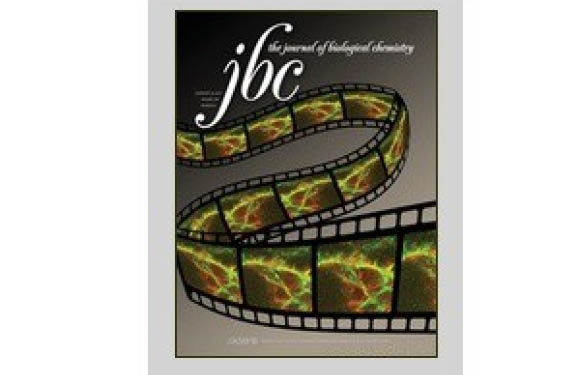Diabetes is a major health concern. And its research can be a nightmare sometimes. tebu-bio strive to offer a comprehensive range of research tools and services to study Obesity, Diabetes, and Metabolic syndrome (including pancreatic islet cells), and tools to unravel signaling mechanisms in insulin secretion. Anyhow, it might be good, though, to go back to the basics from time to time. Let’s remember our graduate courses (more or less years ago) about Insulin and its biological roles.

The human insulin protein is a 51 amino acid anabolic peptide-hormone that is secreted by pancreatic ß-cells in the Islets of Langerhans. Insulin consists of two chains (A and B) connected by disulfide bonds (1). Its primary functions are the stimulation of glucose uptake from the systemic circulation, as well as the suppression of hepatic gluconeogenesis, thereby serving a major role in glucose homeostasis and preventing the metabolic disorder diabetes mellitus. Resistance to insulin is also related to cardiovascular diseases.
The work of Banting, Best, Collip and MacCleod in the early 1920’s resulted in identification of a substance in extracts of the pancreas that had the remarkable ability to reduce blood glucose levels in diabetic animals (2); by 1923 these pancreatic extracts were being used to successfully treat diabetic patients. Insulin exists primarily as a monomer at low concentrations (~10-6 M) and forms dimers at higher concentrations at neutral pH (3). At high concentrations and in the presence of zinc ions, insulin aggregates further to form hexametric complexes (4). Preproinsulin, the first translational product from the insulin gene, is a 110 amino acid polypeptide with a 24 amino acid signal peptide.
The major function of insulin is to counter the concerted actions of a number of hyperglycemia-generating hormones and to maintain low blood glucose levels. In addition to its role in regulating glucose metabolism, insulin stimulates hyperglycemic hormones. Untreated disorders associated with insulin generally lead to sever hyperglycemia and shortened life span. Insulin also exerts activities typically associated with growth factors.
Insulin is a member of a family of structurally and functionally similar molecules that includes the Insulin-like Growth Factors and Relaxin. The tertiary structure of all four molecules is similar, and all have growth-promoting activities. Insulin modulates transcription and stimulates protein translocation, cell growth, DNA synthesis, and cell replication; effects that it holds in common with Insulin-like Growth Factors and Relaxin. (see reviews 5, 6).

Insulin is a key biomarker in diabetes-related studies (and many other diseases!). So counting on a reliable ELISA for measuring it. This Insulin EIA kit allows for simple, sensitive, rapid determination of insulin in serum, plasma, or culture media. Calibrated to the WHO 1st International Standard 1975 (66/304) it measures insulin with a sensitivity of 48.8 pg/mL. It also detects bovine and porcine insulin and likely other mammalian insulins. It does NOT measure rodent insulin. Everything is stable at 4°C and is supplied liquid.
Interested to try it? Leave me a message below.
References
- Sanger, F., (1959) “The Chemistry of Insulin” Science, 129: 1340-1344
- Bliss, M. (1982) “The Discover of Insulin” University of Chicago Press, Chicago.
- Frank, BH., Pekar, AH., & Veros, AJ. (1972) “Insulin: the structure in the crystal and its reflection in chemistry and biology.” Adv. Protein Chem. @6:279-402
- Blundell, T, Dodson, G, Hodgkin, D, Mercola, D., (1972) “Insulin: the structure in the crystal and its reflection in chemistry and biology.” Adv. Protein Chem. 26:279-402.
- Nishi M, and Nanjo K., (2011) “Insulin gene mutations and diabetes.” J. Diab. Invest. 2:92-99
- Thaniguchi, CM, Emanuelli, B., and Kahn CR, (2006) “Critical nodes in signaling pathways:insights into insulin action” Mol. Cell. Biol. 7:85-96.



